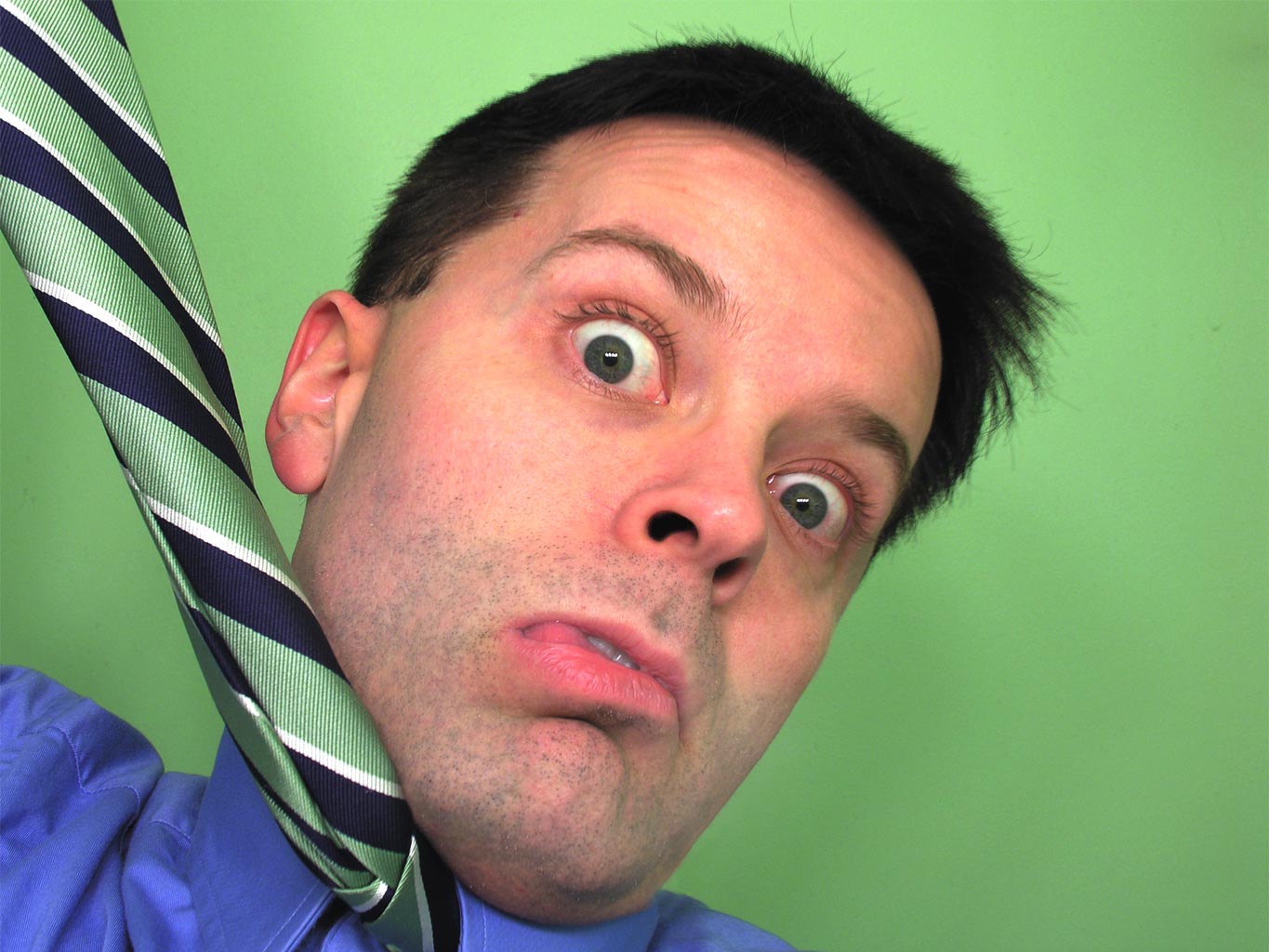

The @EPOorg has opened its consultation on a postponed examination system. The consultation can be found at https://www.epo.org/law-practice/consultation/ongoing.html …, and will remain open until tomorrow, 11 January 2019
"...they pretend that giving applicants more control over timeliness (e.g. imposed delays/procrastination) is giving them "quality"."How about European software patents disguised as "AI"? Or as the headline from PaweÃ
â KocaÃ
âda (JWP Patent & Trademark Attorneys) has just put it, "Artificial Intelligence Patent?"
"EPO Gives The Green Light!"
To quote an example put forth by KocaÃ
âda (just algorithms, obviously, based on maths/statistics):
An example of an artificial-intelligence and machine-learning solution that would be patented by the EPO is the use of a neural network in a heart-monitoring apparatus designed to identify irregular heartbeats. Examples of technical character may also include classification of speech signals, digital audio or video, or digital images. It is important that patent applications directly or indirectly indicate a close link between the technical objective and the stages of a given method. A general objective, such as "control of the technical system", will not be sufficient.
The next step after establishing the technical nature of the solution is to verify whether the solution is new and has an inventive step. If all the necessary conditions for considering the solution as an invention are met, we can start the patenting procedure.
After surviving opposition proceedings at the EPO, the validity of the patent in Germany has been challenged, and the first instance decision went in favour of the generic companies. The EPO found that the skilled person would have no motivation to use pemetrexed in combination with vitamin B12 to reduce the toxic effects of pemetrexed. The judges at the German Federal Patent Court saw things differently and concluded that there are ample pointers in the prior art to arrive at the claimed combination. In particular, the skilled person would have known that homocysteine elevation is a sign of folic acid deficiency that can inter alia be caused by a vitamin B12 deficiency. As such, the claims were found to be obvious to the skilled person.
The judges emphasised that the conclusion reached is not in direct contradiction to the EPO decision due to the extensive prior art filed by the parties during the proceedings in Germany. Based on these documents, the first instance decision was reached without the use of expert witnesses.
"UPC was an attempt to get around national courts and national patent law (scope), but that didn't work out."At the U.S. Patent and Trademark Office (USPTO), which we don't cover much anymore (by choice), there's a widening gap between examiners' decisions and courts' decisions. This reduces confidence in US patents and discourages legal action. Is the same happening to European Patents now? If so, it's unlikely that law firms will publicly talk about it because their biggest 'product' is lawsuits and they don't wish to discourage that. The same goes for patent applications at the EPO. They worry that applicants will find out what's going on. UPC was an attempt to get around national courts and national patent law (scope), but that didn't work out. Nor should it. ⬆